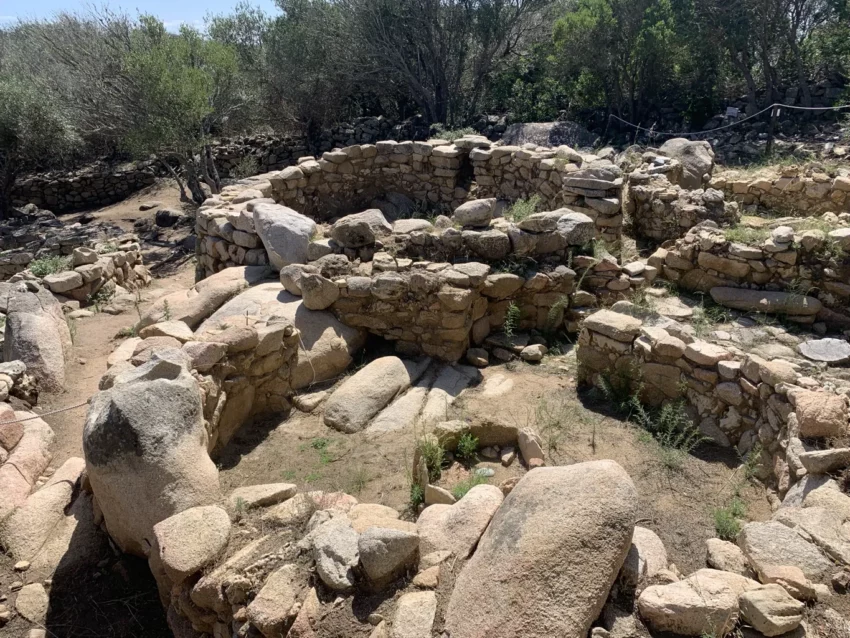Overview of the Lu Brandali Nuragic Complex
The Lu Brandali Nuragic Complex, situated in the northern region of Sardinia, Italy, offers a significant glimpse into the Nuragic civilization, which thrived from the 14th century BC to the 10th century BC. This archaeological site is located in the municipality of Santa Teresa Gallura, specifically in the locality of Santa Reparata. The complex is set on a granite promontory and is surrounded by a dense forest of olive trees, myrtles, mastic trees, and junipers, providing a picturesque setting that enhances the historical and cultural significance of the site.
Get your dose of History via Email
Architectural Features of the Complex
The Lu Brandali complex is characterized by its unique architectural elements, which include a mixed-type nuraghe, a tholos, and a corridor. The nuraghe itself is composed of a central keep, a rampart, and two towers. However, it is important to note that the nuraghe is currently not accessible to visitors as it awaits further archaeological excavation.
Adjacent to the nuraghe are the remains of the village, which features semicircular huts with clay and stone floors. These structures are indicative of the daily life and social organization of the Nuragic people. The layout and construction techniques reflect a community that was highly adapted to its environment and had developed sophisticated methods for building and social organization.
The Giants’ Tomb
One of the most striking features of the Lu Brandali site is the “Tomb of the Giants.” This funerary structure is so named because of its impressive size and the majesty of its construction. The tomb is a collective burial site, where archaeologists have unearthed the remains of dozens of individuals. This discovery provides invaluable insights into the funerary practices and beliefs regarding the afterlife in Nuragic culture.
Cultural and Historical Significance
The Lu Brandali Nuragic Complex is a testament to the rich cultural heritage of Sardinia and offers insights into the Nuragic civilization, which remains one of the less understood ancient cultures of Europe. The site not only highlights the architectural achievements of the Nuragic people but also sheds light on their daily lives, social structures, and spiritual beliefs.
Visiting Lu Brandali
For those planning to visit, the site is open from April to September, with operating hours from 9:30 a.m. to 6:30 p.m. Admission is priced at €2, with guided tours available at additional costs. These tours are highly recommended as they provide expert interpretations of the complex ruins and insights into the historical context of the Nuragic civilization. The guided tours are scheduled at 9:30 a.m., 10:30 a.m., 11:30 a.m., 4:30 p.m., and 5:30 p.m., with each tour costing €5.
In conclusion, the Lu Brandali Nuragic Complex is a crucial archaeological site that offers a window into the ancient Nuragic civilization of Sardinia. Its well-preserved architectural elements and the significant findings from the Giants’ Tomb make it a valuable site for both historical research and public education about this ancient culture.

